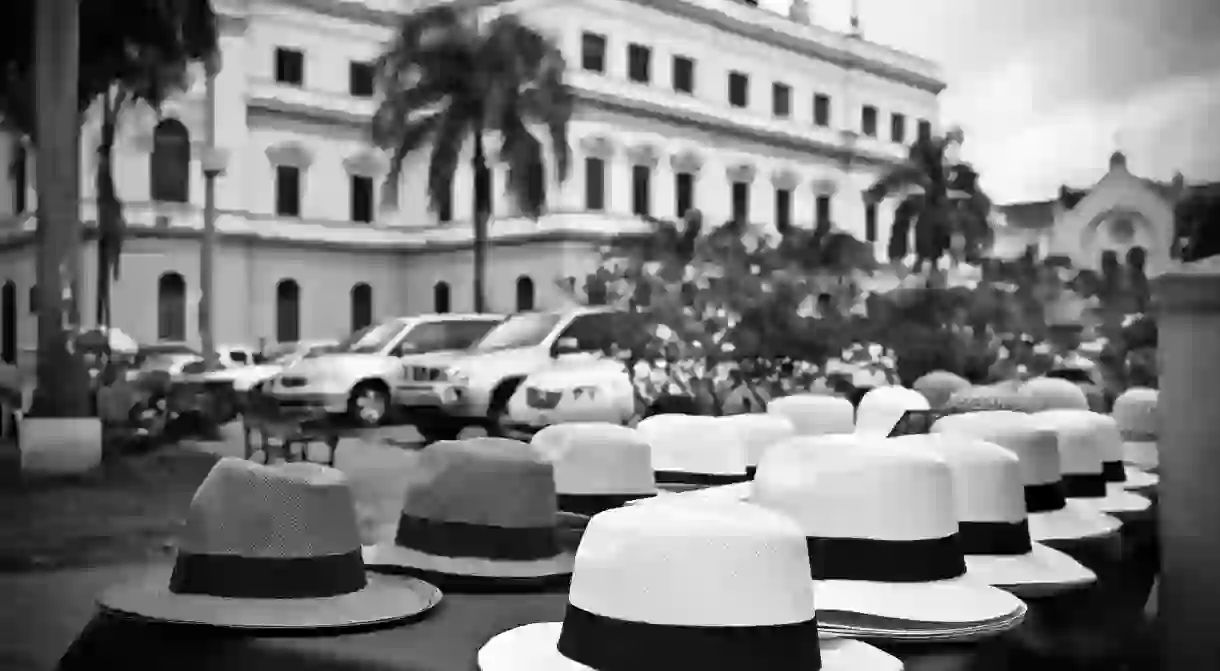Why Does the Colombian Coat of Arms Have a Picture of Panama in It?

Coats of Arms might not be considered all that relevant these days, and many people may not even be familiar with the Coat of Arms of their own country, but they can offer a fascinating insight to a country, telling the story of its culture and history. However, some Coats of Arms contain some rather confusing details. For example, why does the Colombian Coat of Arms have a picture of Panama in it?
Take a glance at the Colombian Coat of Arms and nothing may look odd to you at first, but on closer inspection, one especially confusing detail stands out: isn’t that bit of land depicted between two oceans the same shape as Panama? It most certainly is, but why is Panama sitting proudly in the centre of the Coat of Arms of its neighbouring country?

The narrow strip of land shown on the Colombian Coat of Arms is known as the Isthmus of Panama (and sometimes the Isthmus of Darien). However, what many people don’t realise is that Panama has only existed as an independent country for just over 100 years. The region was once inhabited by indigenous peoples before being taken over by the Spanish Empire in the 1500s. After breaking away from Spain in 1821, Panama joined a union of what was then Nueva Granada, Ecuador and Venezuela, named the Republic of Gran Colombia. This republic lasted until 1831, when Gran Colombia dissolved and Panama and Nueva Granada stayed together, becoming the Republic of Colombia.

From that point on, Panama was a department of Colombia. Not all Panamanians were happy with this state of affairs, and there were several attempts to secede from Colombia. However, it wasn’t until the beginning of the 20th century that these attempts had any effect, when pressure from the US around the construction of the Panama Canal caused the separation of Panama and Colombia and the establishment of Panama as an independent nation. To this day, the division is controversial, and many Colombians blame US pressure and interests for the loss of what would have naturally been an important region.
So what’s the story behind the Coat of Arms, if Colombia and Panama are no longer part of the same nation? Well, the Coat of Arms was adopted by Colombia back in 1834, when the Isthmus of Panama and its symbolic representation of control over two oceans made sense at the time. Although its supporters claim that the isthmus on the Coat of Arms now represents Colombia’s two coastlines, it has many detractors who, reasonably enough, point out that Colombia and Panama haven’t been one-and-the-same for over a century.
There are many Colombians who argue that, of several anachronistic elements of the Coat of Arms, including the pomegranate, a fruit that is not grown in Colombia, and the Andean Condor, of which fewer than 100 remain in the country, it’s the presence of the Panama Isthmus that really needs to be addressed.














